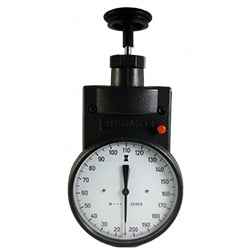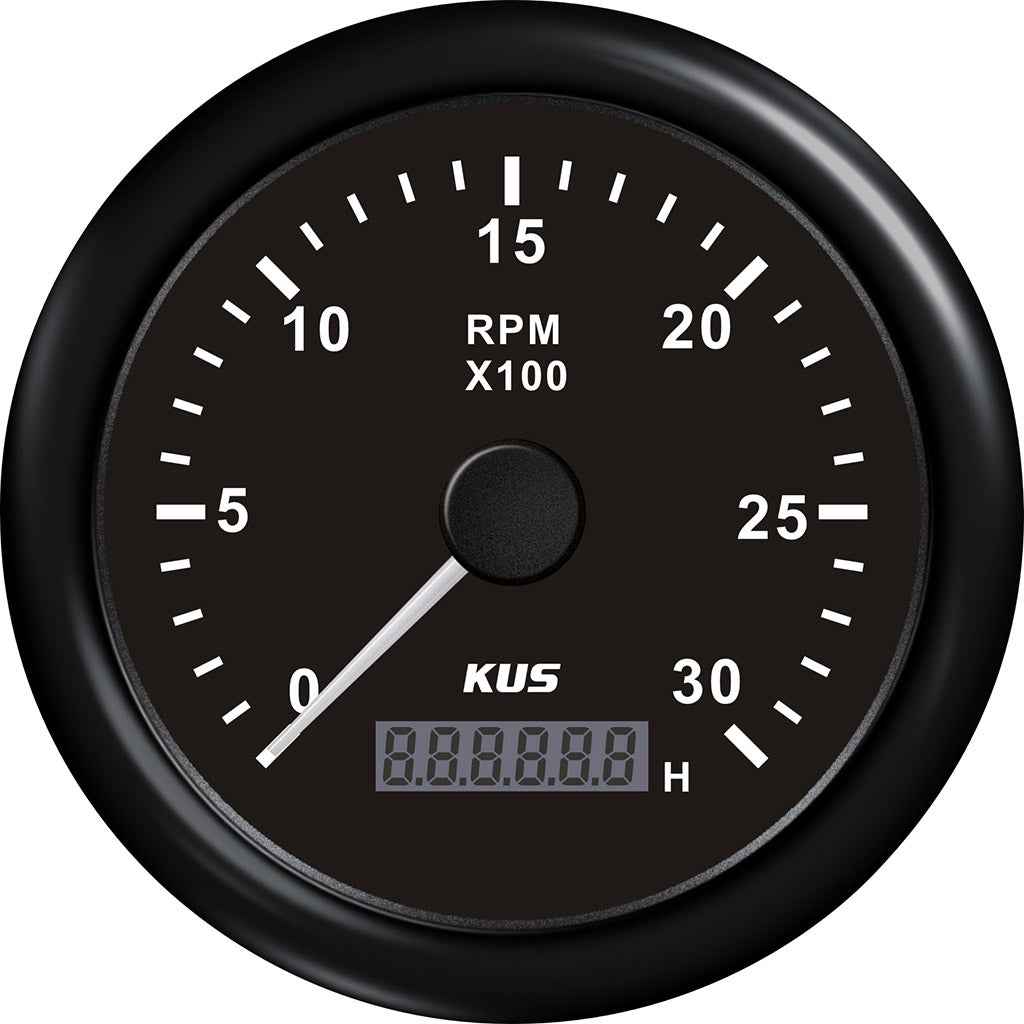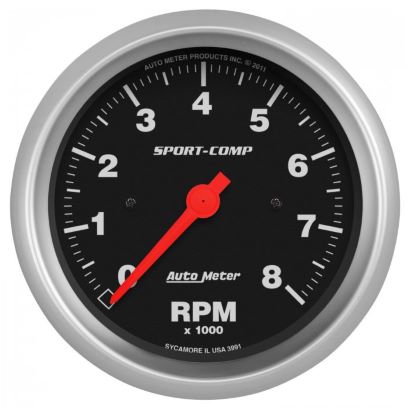Specialist Tips for Keeping and Adjusting Your Tachometer
Specialist Tips for Keeping and Adjusting Your Tachometer
Blog Article
The Relevance of a Tachometer in Monitoring Engine Speed and Efficiency in Automotive Applications
In the realm of auto engineering, the tachometer stands as a critical instrument in the motorist's collection, giving a direct home window right into the internal operations of a lorry's engine. Past its feature as a plain scale of revolutions per minute (RPM), the tachometer offers as an essential tool for enthusiasts and professionals alike, offering real-time insights into engine performance and health.
Importance of Monitoring Engine RPM
Monitoring engine RPM, or revolutions per minute, is an important facet of auto upkeep and performance assessment. Engine RPM directly associates with the rate at which the engine's crankshaft revolves, suggesting exactly how rapidly the engine is running - tachometer. By keeping track of RPM, mechanics can analyze the wellness of the engine, find prospective problems, and fine-tune performance. An abnormal RPM analysis might signal troubles such as engine misfires, defective trigger plugs, or problems with the fuel distribution system. Constantly high RPM readings can suggest aggressive driving habits or the requirement for a higher equipment shift to improve gas efficiency.
Furthermore, checking engine RPM is crucial for efficiency analysis in racing and high-performance lorries. Maintaining optimum RPM levels is vital for achieving peak power result and acceleration. Racers commonly use tachometers to guarantee they are running within the optimal RPM array for maximum efficiency. In recap, keeping track of engine RPM is not just vital for detecting problems but additionally for optimizing engine performance in numerous automotive applications.

Advantages of Real-Time Information
In auto applications, real-time information plays a crucial role in providing instant insights into the performance and problem of the vehicle. By continuously checking various specifications such as engine speed, temperature, fuel intake, and more, real-time information supplies countless benefits that add to enhanced efficiency and safety when driving.
One substantial benefit of real-time data is its capacity to sharp vehicle drivers and technicians to any kind of abnormalities or problems quickly. This proactive technique allows quick identification of potential problems, permitting prompt interventions to stop more damages or break downs. Additionally, real-time information assists in performance optimization by giving instant responses on driving behaviors and engine effectiveness. Vehicle drivers can adjust their habits in real-time based on this information to attain much better fuel economic situation and extend the lifespan of their automobile.

Furthermore, real-time information plays an important duty in modern vehicle diagnostics, enabling service technicians to promptly diagnose and resolve malfunctions. This results this hyperlink in decreased downtime, reduced upkeep costs, and eventually, enhanced overall car integrity and long life (tachometer). By utilizing the power of real-time information, auto stakeholders can make informed decisions that favorably impact both the performance and durability of the car
Effect On Equipment Shifts
The tachometer plays an important function in enhancing gear shifts by giving real-time engine speed data to the driver. When coming close to the redline on the tachometer, it signifies the vehicle driver to upshift to protect against over-revving the engine and triggering potential damages.
In addition, the tachometer help in accomplishing smoother gear transitions, specifically in hand-operated transmissions. By keeping an eye on engine speed, drivers can implement equipment shifts at the optimal RPM array, minimizing jerking activities and decreasing endure the transmission elements. This precision on duty modifications not only boosts driving comfort yet additionally adds to fuel performance.
Enhancing Fuel Performance
Provided the vital role the tachometer plays in maximizing equipment shifts for efficiency and engine health and wellness, it directly adds to making best use of fuel efficiency in vehicle applications. By offering real-time feedback on engine rate, the tachometer assists motorists in maintaining one of the most efficient RPM variety for gas economic climate. When drivers constantly monitor the tachometer and change their motoring practices as necessary, they can prevent unneeded fuel usage brought on by over-revving or carrying the engine.
Moreover, the tachometer assists vehicle drivers identify one of the most fuel-efficient equipment to be in at any provided minute, preventing the engine from functioning tougher than required. This is especially vital during velocity and travelling, where remaining in the best equipment can significantly impact fuel efficiency. Furthermore, the tachometer can signal drivers to potential mechanical problems that might be adversely websites influencing fuel economic situation, such as a slipping clutch or a stopped up air filter. In verdict, the tachometer functions as a valuable tool in improving fuel effectiveness by advertising optimum driving habits and identifying areas for improvement in the car's performance.

Maximizing Engine Longevity
The tachometer's role in monitoring engine rate and performance contributes in ensuring the long my link life of vehicle engines. By making use of the tachometer properly, motorists can optimize engine long life with mindful RPM monitoring. Constantly revving an engine too expensive can lead to excessive damage on vital components, such as the pistons, shutoffs, and bearings. In time, this can result in reduced engine performance and possible malfunctions. Monitoring the tachometer enables drivers to remain within the recommended RPM array for their car, preventing unneeded pressure on the engine and prolonging its lifespan.

Verdict
Finally, the tachometer plays a critical role in keeping track of engine speed and efficiency in automotive applications. By giving real-time information on RPM, it permits reliable gear changes, improved gas performance, and optimized engine durability. This device is important for maintaining optimal engine efficiency and making certain the general performance of a vehicle.
Report this page